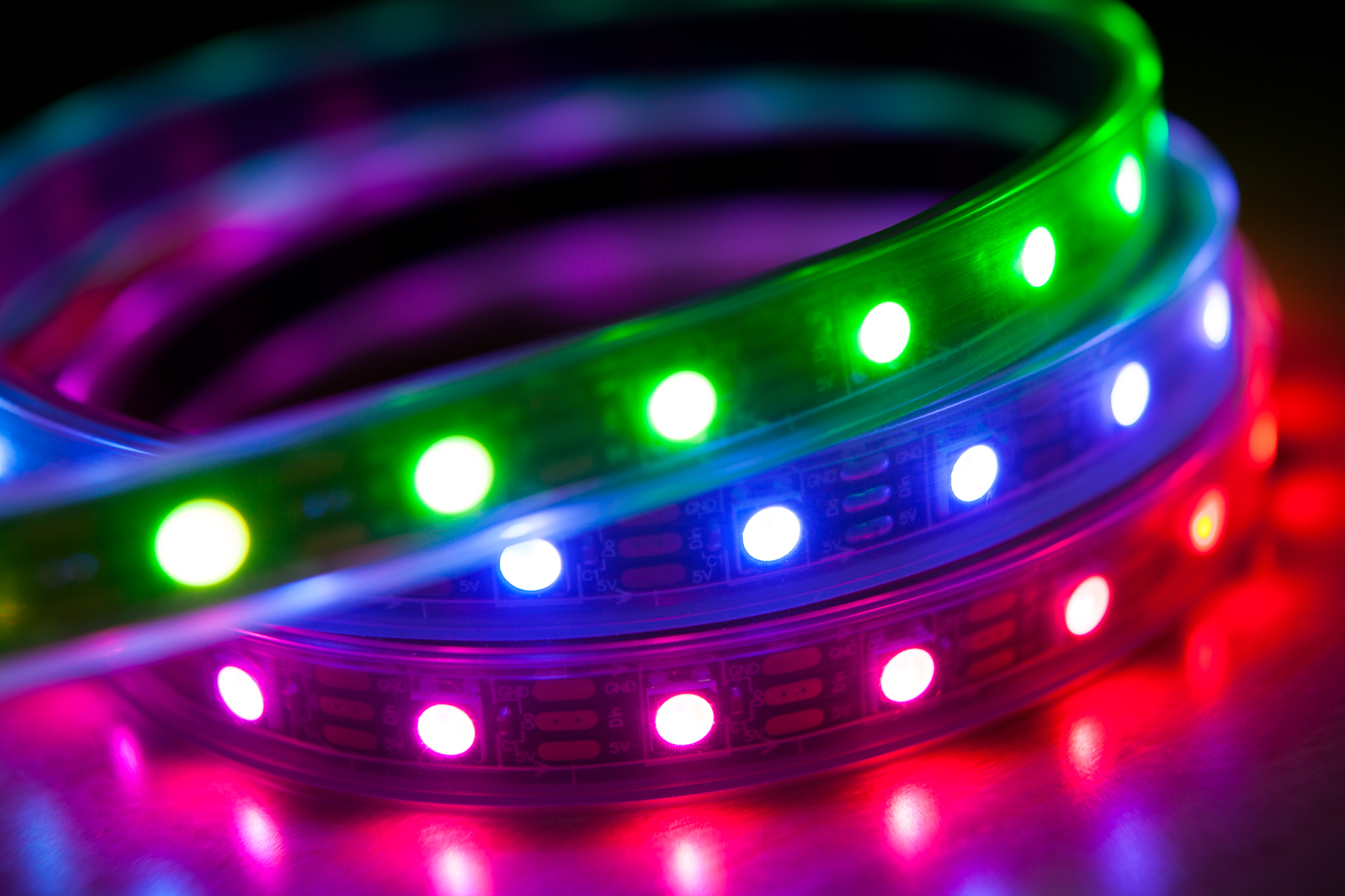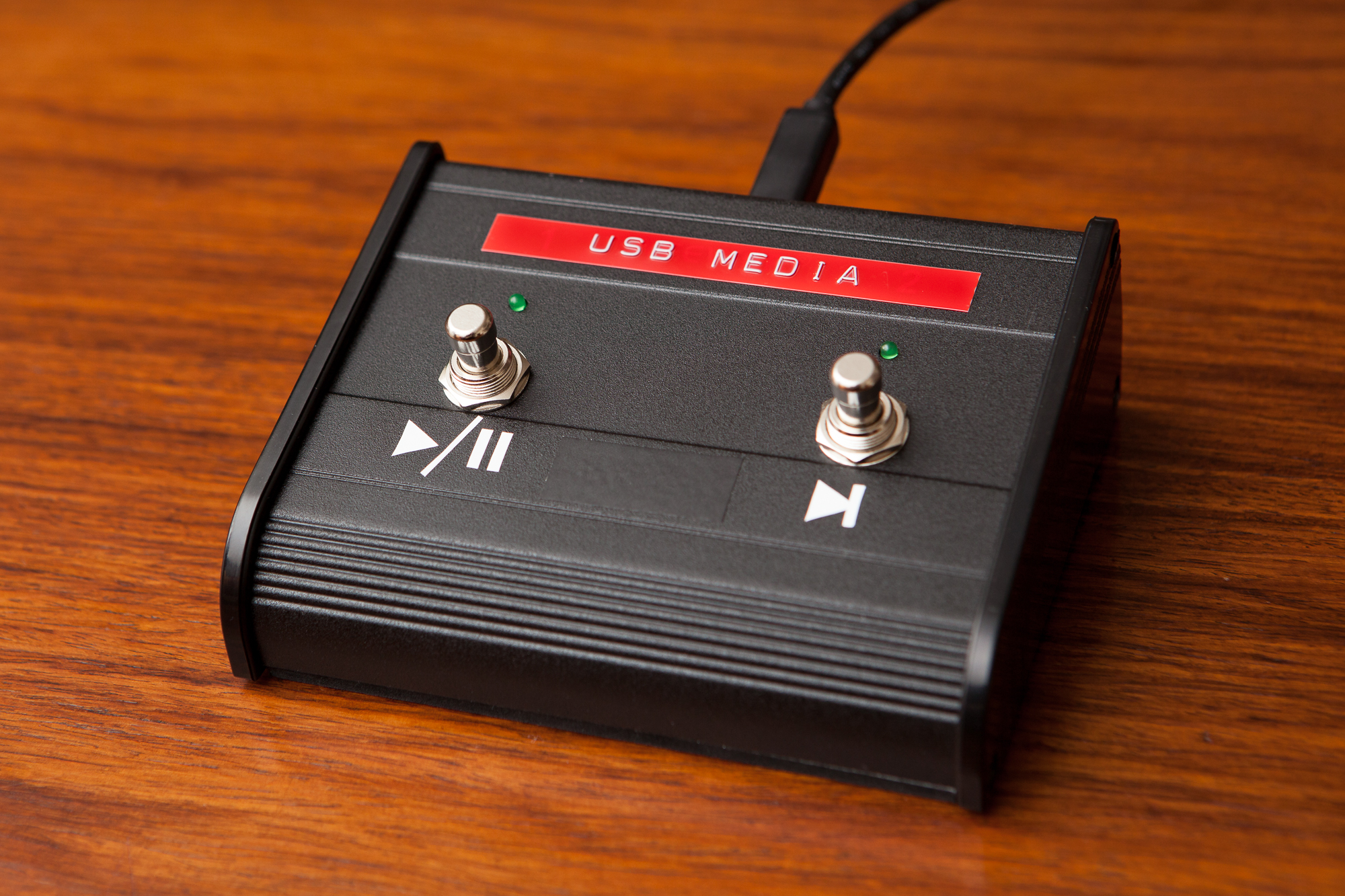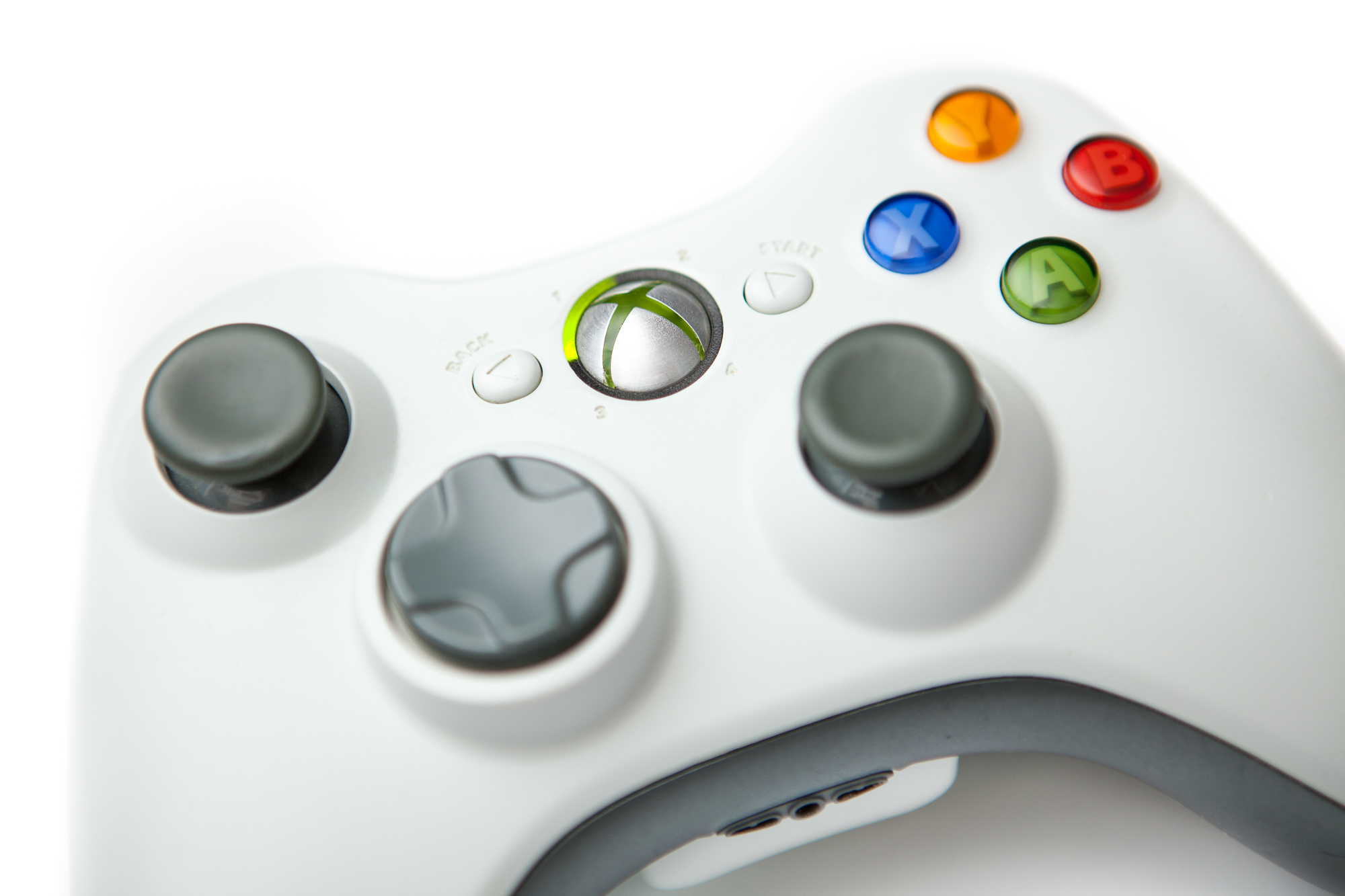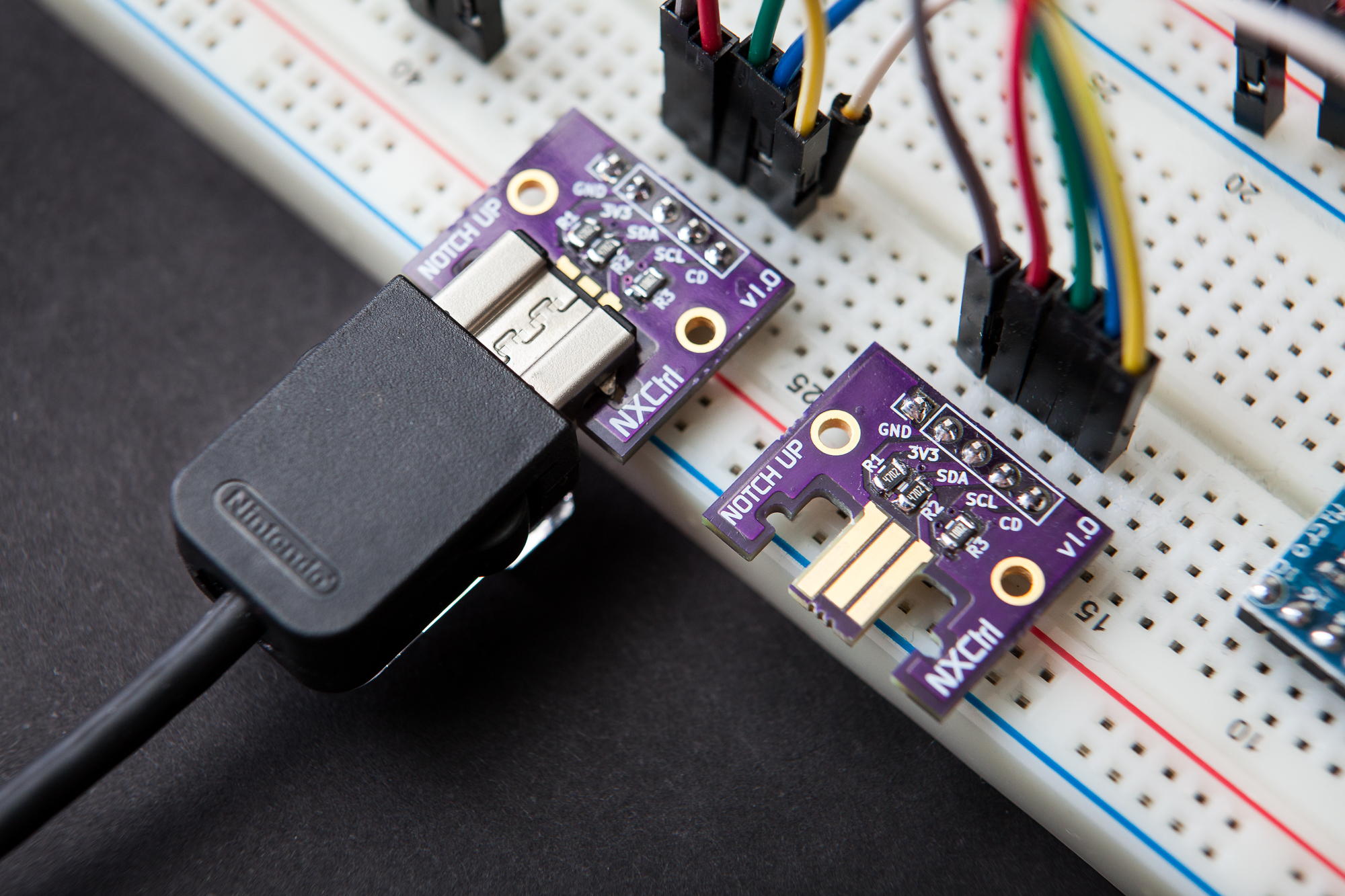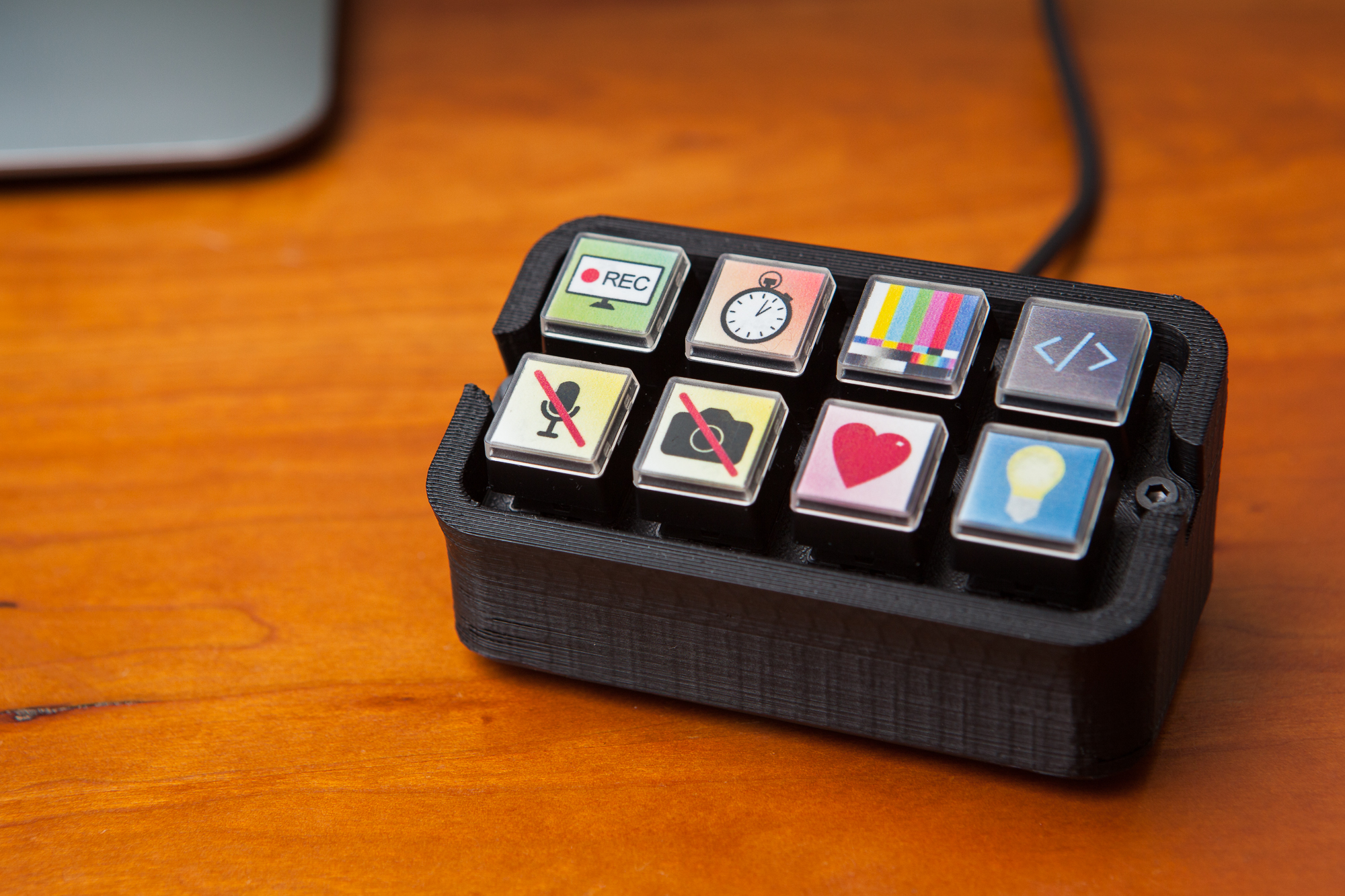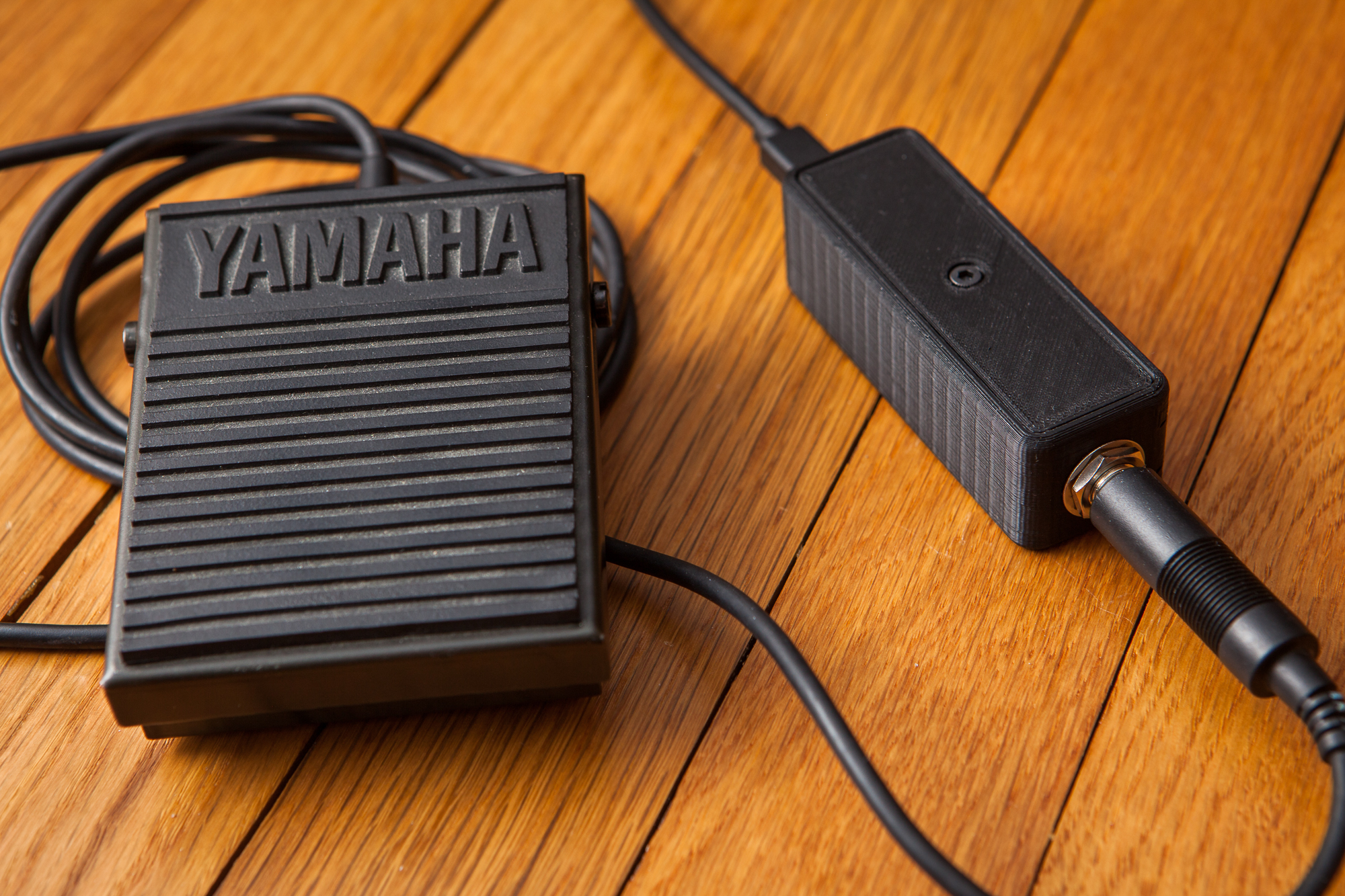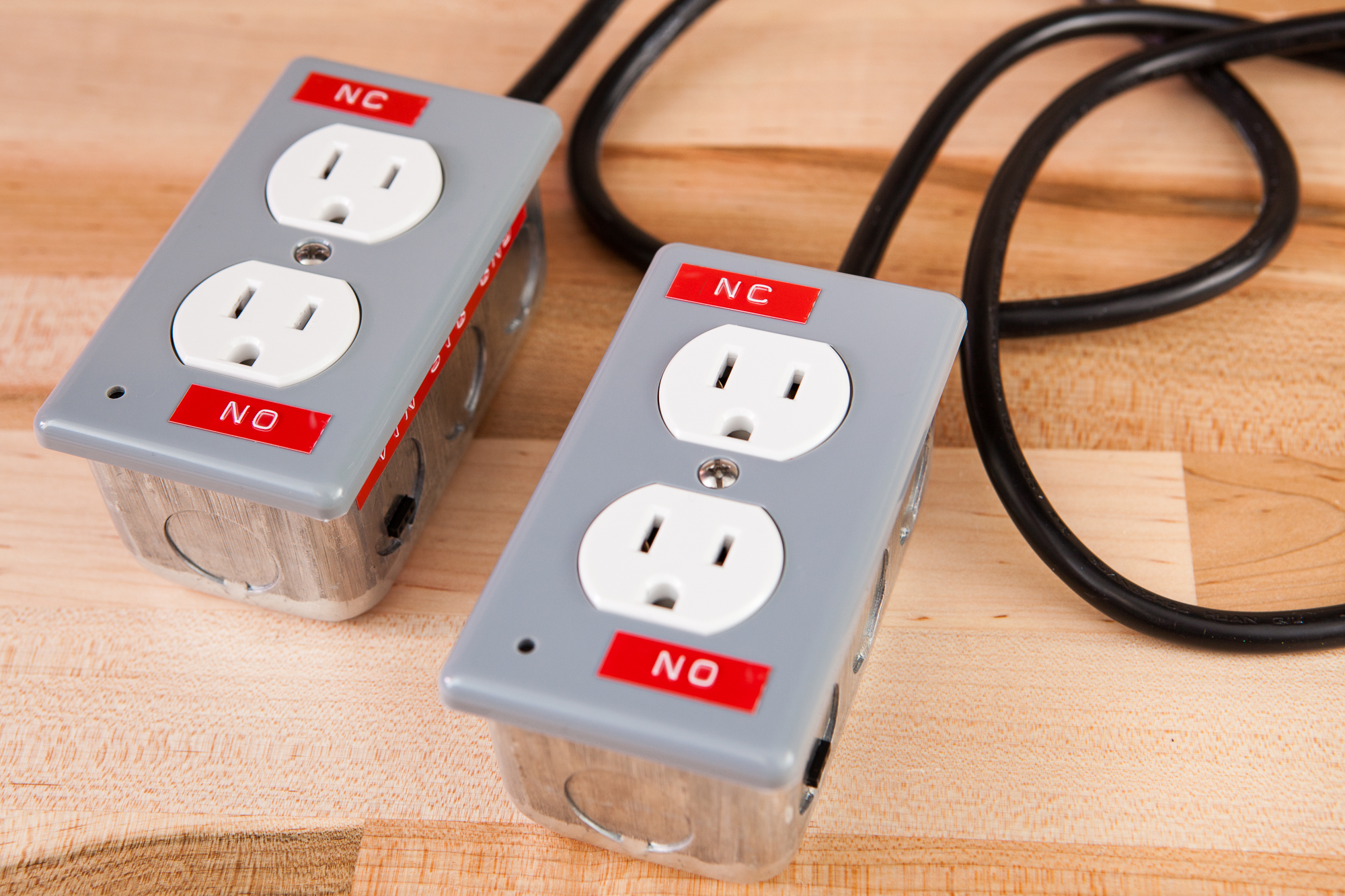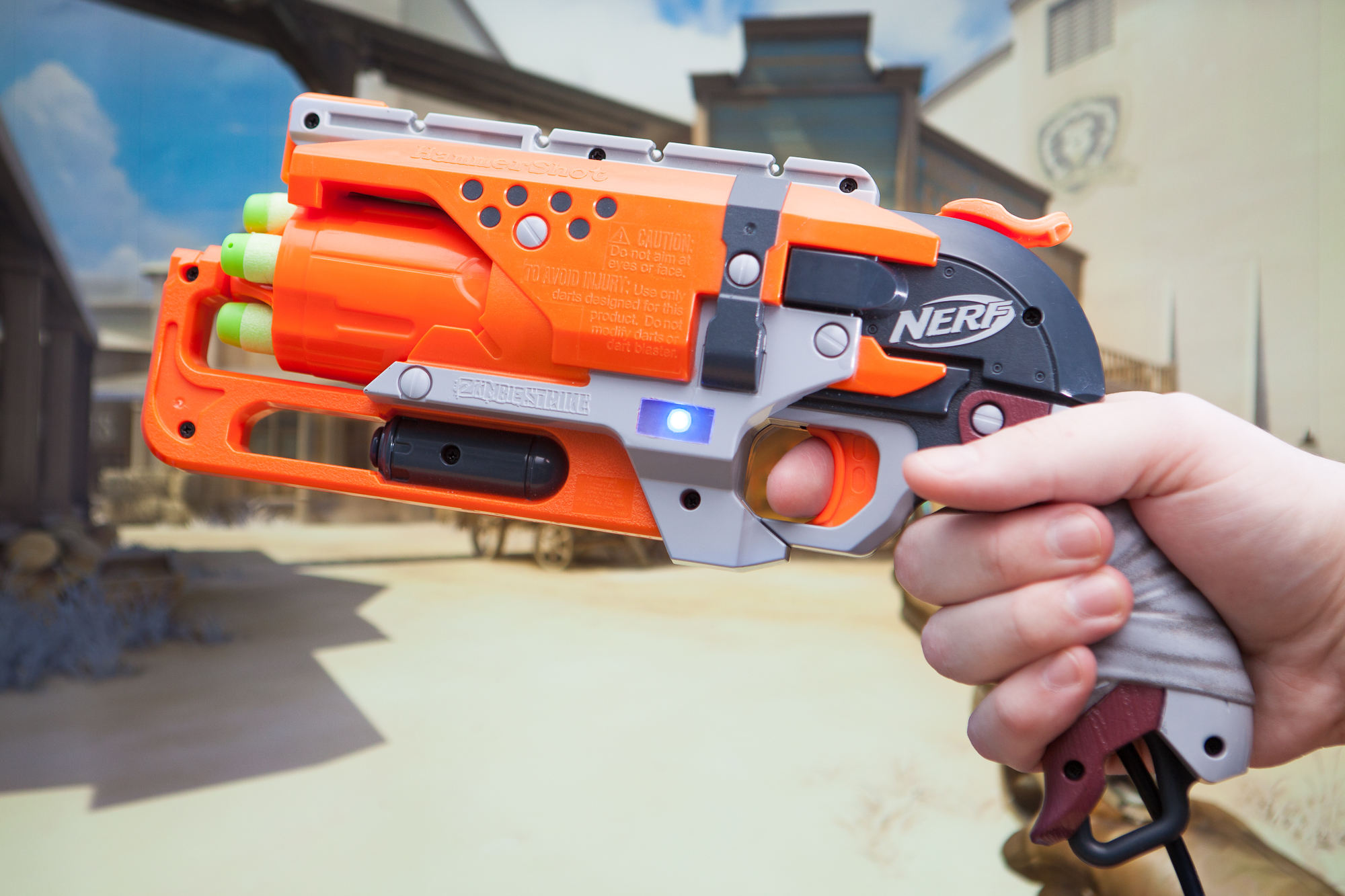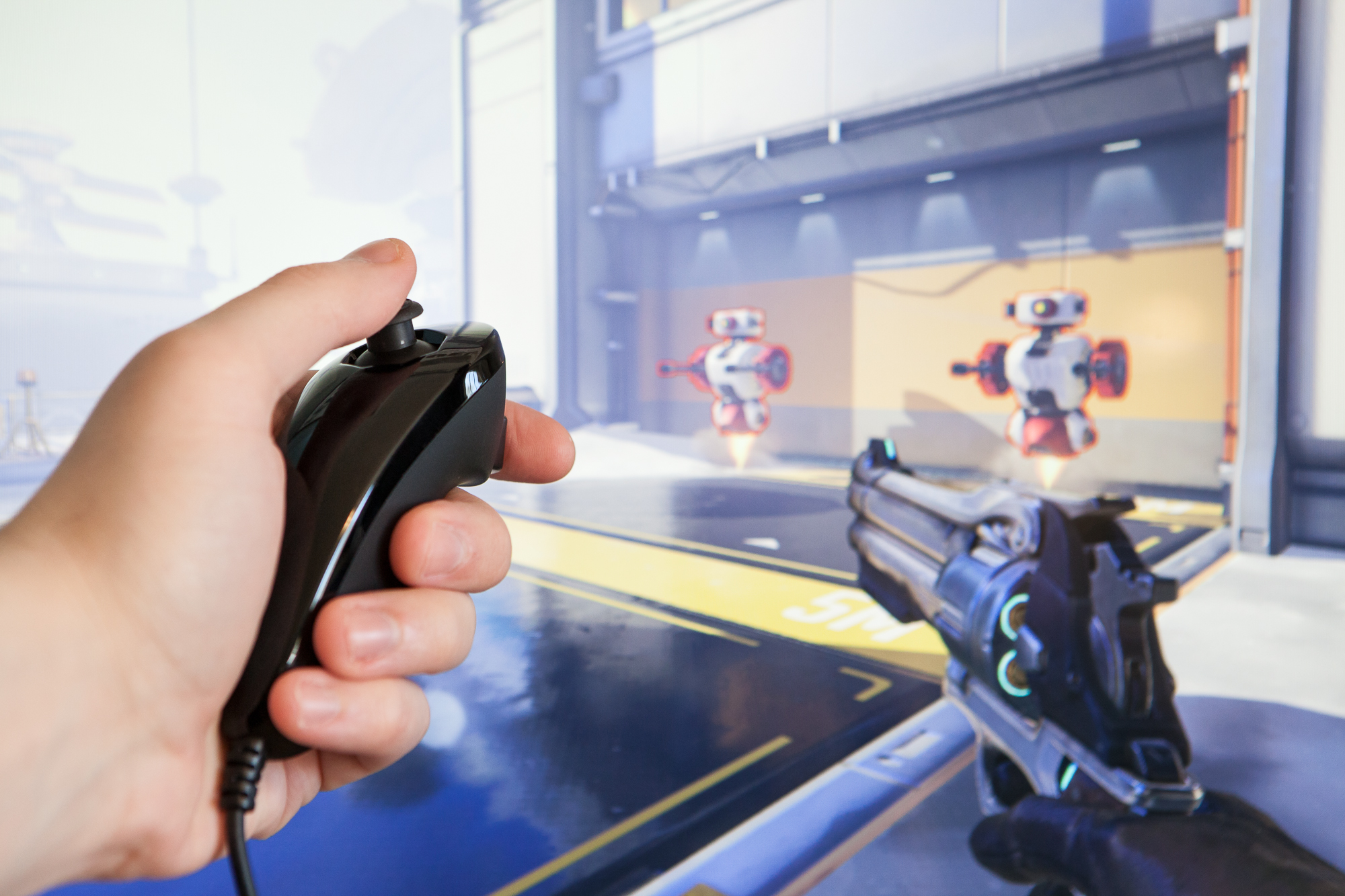DIY Media Key Footswitch for PC
I spend a fair amount of time down in my garage working on things, and while I’m doing that I like to listen to music. I set up an old computer that runs Spotify and sends the audio to a pair of bookshelf speakers. This setup works great, but it requires using a keyboard and mouse to control it. Often times my hands will be gloved and coated with something nasty: grease, epoxy resin, paint, you name it. So I wanted to come up with some sort of method to control my music when my hands were unavailable.
This is what I came up with: a two button footswitch controller that connects with USB and handles play / pause, next track, previous track, and volume.
(more…)
